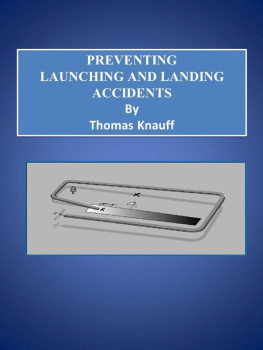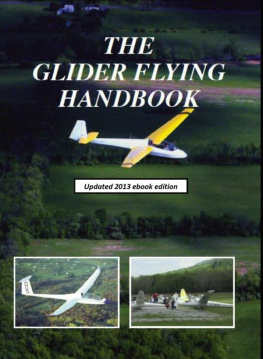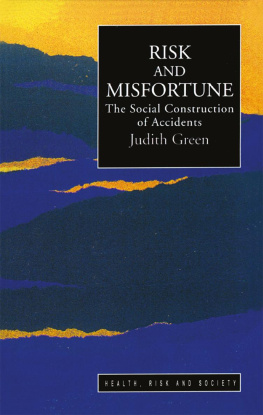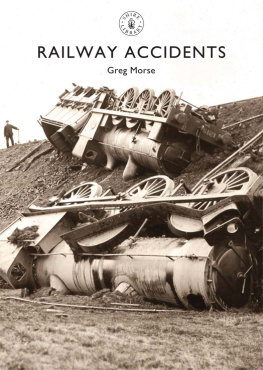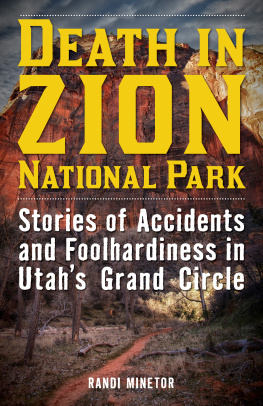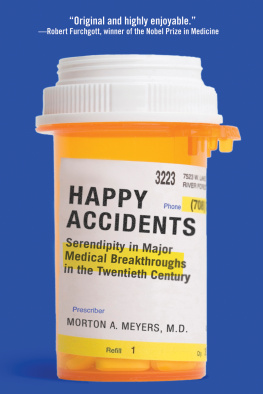
No part of this book, or parts thereof, may be reproduced or transmitted in any manner electronic or mechanical without written permission of the publisher.
Published in USA by Knauff & Grove, Inc
Knauff & Grove, Inc.
3523 South Eagle Valley Rd
Julian, Pa 16844
www.eglider.org
Copyright 2013
ISBN: 9781624881633
All rights reserved
ABOUT THE AUTHOR
Thomas Knauff is more than a writer, more than a flight instructor. He is one of the worlds best soaring pilots. He is the first person in the United States to fly 750 kilometer, 1000 kilometer and 1250 kilometer triangles and the first to fly 1000 kilometers in a two-place sailplane.
Toms list of records include a world record 1647 kilometer (1023 miles) out and return flight, the first to fly 1,000 km mulltiplace record (Grob 103) and the first person to break the 200 kilometer per hour barrier on a 300 kilometer out and return speed run at 201.3 kph. He has also flown a national speed record for the 100 km speed triangle at 186 kph. Tom has set five world soaring records and more than four dozen US national records. He has won five nationals championships including the United States unlimited soaring championship in 1989. He was the Federal Aviation Administration Eastern Region Flight Instructor of the Year in 1996, and inducted into the Soaring Society Hall of Fame in 1998.
He is one of the premier flight instructors in the world. His glider flight instructor courses are recognized as the best in the country. He was the first in the USA to offer an organized off-field landing course using a motor glider.
Tom has written eight books including one of the most successful text books for beginning glider pilots, Glider Basics From First Flight To Solo.
Doris Grove
Doris Grove is the first woman to fly 1,000 kilometers in a glider, holds three world records, and is a glider flight instructor.
PREVENTING LAUNCHING ACCIDENTS
Fatal launching accidents account for approximately 20% and landing accidents about 65% of the total.
There is a fundamental difference between these two scenarios because landing accidents most often involve a single person. Before a launching accident, there are several people involved.
This chapter reviews causes of launching accidents, how to avoid them, and what to do in case you experience one of the many problems.
Accident statistics reveals glider flying is dangerous.
One of the ironies is the kind of people who fly gliders. They tend to be of above average intelligence, well educated, with above normal income.
Unlike the typical automobile accident statistic, glider pilots are not dying because of alcohol, teenage invulnerability, late Saturday night partying, or falling asleep at the wheel. These things dominate the horrific highway statistics.
On the other hand, if you fly gliders, statistics reveal you are more likely to die flying gliders than all other forms of accidental death. (The bad news.)
The next table is from the National Safety Council, and gives the odds of dying in one year due to the manner of injury. For example, refer to the first line of the table: The odds of dying from an injury in 1999 were 1 in 1,805. The current glider fatality rate is about 1 in 1,500.

The good news is the answers to glider accidental deaths are well known.
Unfortunately, no one knows how to make glider pilots do what is necessary to fly safely.
There are a lot of people trying to make flying gliders safer. The SSA, SSF, FAA, NTSB, AOPA and others have developed numerous programs, lectures, seminars, pamphlets, articles, etc. In the case of gliders there is no evidence any of these efforts have had any impact.
Several years ago, Bruno Gatenbrink said he personally knew no one who had died as the result of non-gliding accidental death but he knew personally several glider pilots who had died as the result of a glider accident.
For me it is the same. I do not personally know anyone who has died in any accident other than in gliders.
Glider fatalities have occurred each year at an extremely high per-member rate, which has not decreased despite the efforts by many. NTSB statistics are available at: www.ntsb.gov/NTSB/query.asp
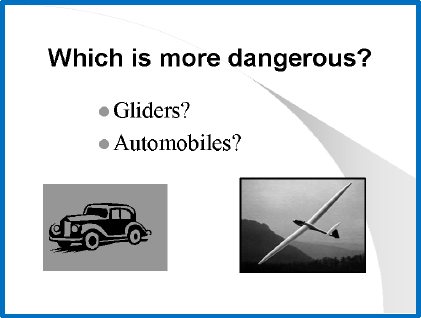
Many people consider the automobile fatality rate as the worst of all accidental death statistics. Almost every day, our local newspaper reports a fatal traffic accident.
Comparing automobile fatality rates by dividing the number of fatalities into the population and comparing in a similar fashion, glider fatalities divided into the number of SSA members, reveals flying gliders is almost three times worse than driving automobiles!
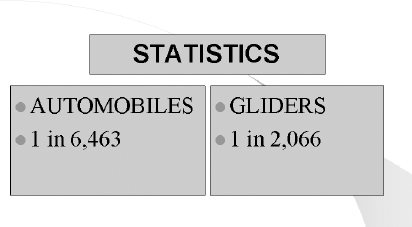
Flying gliders is dangerous.
Fortunately, it is known why gliding accidents occur, and we know how to greatly reduce the risks.
We do not know how to make each pilot (you) do what is necessary to fly safely.
Studies show the fundamental problem is pilots lack of knowledge.
Flying gliders is especially unforgiving of ignorance, errors or foolish behavior.
Alexander Pope, (1688-1744) said, A little learning is a dangerous thing.
Testing of licensed glider pilots show few have the basic knowledge to allow them to fly safely. At the same time, 90% believe they are above average pilots!
Garrison Keillor says, Just as going to church wont make you religious, sleeping in your garage wont make you a race car driver.
Being a high time, very experienced glider pilot wont make you fly safely, or exempt you from a serious accident.
Knowledge is one of, if not the most important, key to safe flying.
The Learning Pyramid
The FAAs Learning Pyramid foundation is built upon many thousands of blocks of knowledge. Missing one or a few of these important blocks makes the entire pyramid unstable.
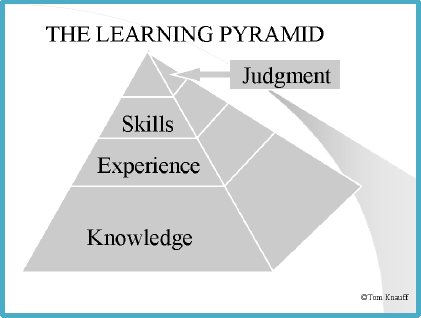
Focusing on Launching Emergencies
Focusing on launching emergencies can have the desirable side effect of reducing accidents in landings, as well as other high-risk areas of glider flying. Creating a group safe mental attitude, getting others involved in safety of flight environment, and educating pilots, flight crews, and even bystanders can have a profound effect on flight safety.
Launching has easily identifiable risks. Injuries should rarely occur and deaths are absolutely avoidable.
Pilots should expect things to go wrong and have a plan of action when things go wrong.
The odds are 50/50 of something bad happening on each launch. Either it will or it wont! With this attitude, a pilot would be alert to something happening, and execute the plan of action immediately.
What can go wrong?
A group of experienced pilots was asked this question and most wrote down 8 to 10 possibilities. Most pilots will probably think of a similar number. Here is a list we thought of:
TAKEOFF EMERGENCIES
- Rope Break.
- Canopy not latched.
Next page
